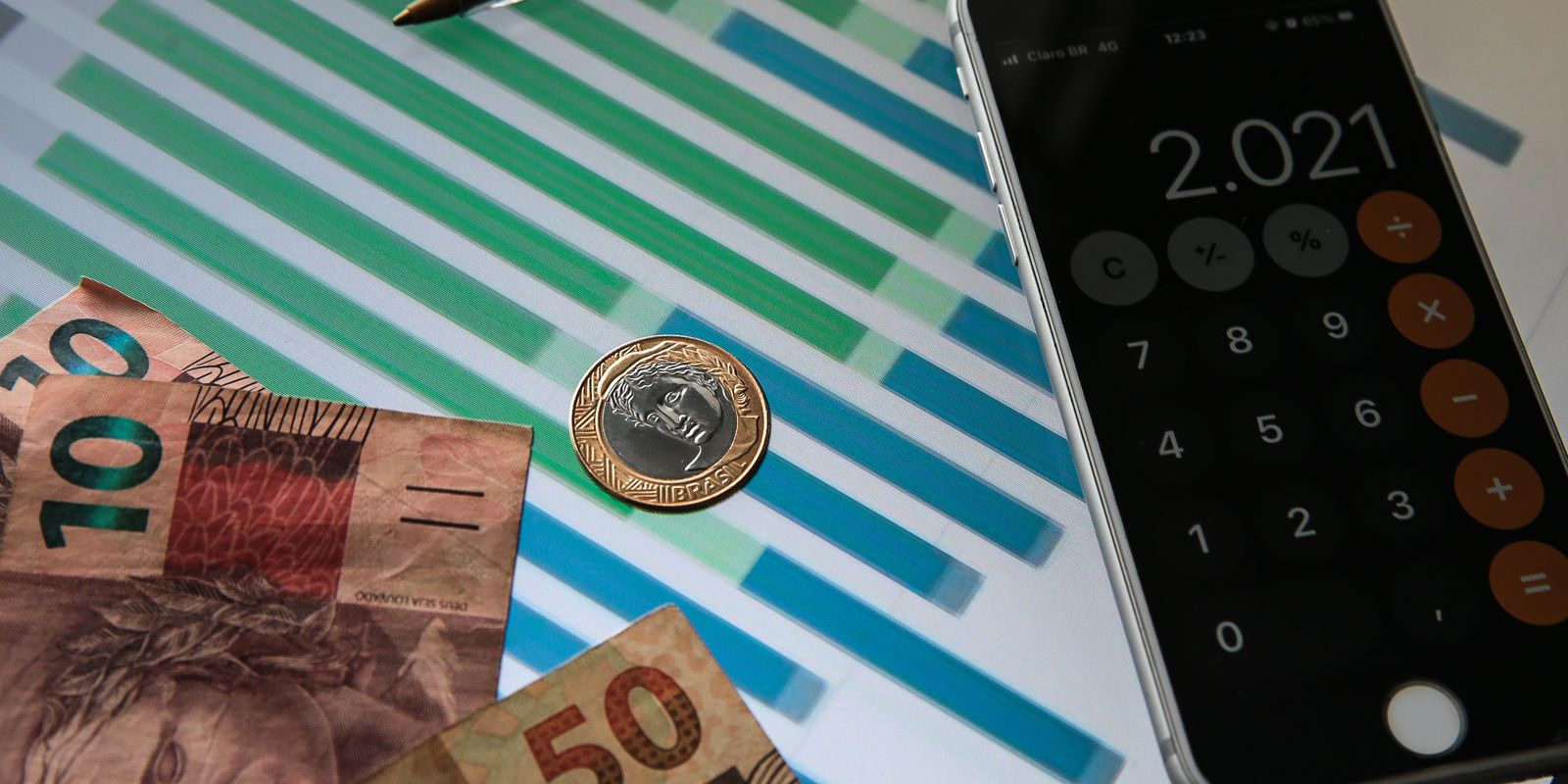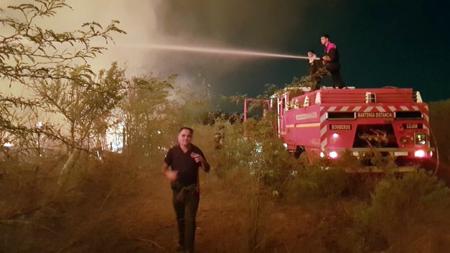The Gross Domestic Product (GDP – sum of goods and services produced in the country) fell by 0.2% in the fourth quarter of 2022, but ended the year with growth of 2.9%, totaling BRL 9.9 trillion. Already the GDP per capita reached BRL 46,155 last year, an advance, in real terms, of 2.2% in relation to the previous year.
The data are from the System of Quarterly National Accounts, released today (2), by the Brazilian Institute of Geography and Statistics (IBGE).
GDP growth in 2022 was driven by rises in services (4.2%) and industry (1.6%), which together represent around 90% of the indicator. On the other hand, agriculture fell by 1.7% in 2022.
“Of this 2.9% growth in 2022, services were responsible for 2.4 percentage points. In addition to being the sector with the greatest weight, it was the one that grew the most, which demonstrates how high its contribution to the economy was during the year”, said, in a note, the coordinator of National Accounts at the IBGE, Rebeca Palis.
“The two activities that most attract attention are among those that grew the most in 2021, after the declines of 2020: transport and other services, which includes categories of personal services and professional services. It was a continuation of the resumption of demand for services after the covid-19 pandemic. In other services, we can highlight sectors related to tourism, such as food services, accommodation services and car rental”, added Rebeca.
According to the IBGE, in industry, the main highlight was electricity and gas, water, sewage, waste management activities (10.1%), which had more favorable tariff flags in 2022.
“The growth of this activity is closely related to the recovery from the 2021 water crisis. In addition to the growth of the economy, there was a shutdown of thermal plants, reducing production costs, which contributes to the increase in the added value of the activity. Furthermore, the construction activity, with a rise of 6.9%, corroborated by the increase in its occupation, was influenced by the election year, which always presents a greater amount of public works”, analyzed the coordinator.
The transformation industries had a negative change of 0.3%, mainly due to the drop in the manufacture of metal products; furniture; wood and rubber and plastic products, while extractive industries fell by 1.7%.
“The result of extractive industries in the year was driven by the drop in iron ore extraction, related to the lockdown occurred in China, our biggest buyer, while the transformation industries were negatively impacted due to factors such as high interest rates and high raw material costs”, evaluated Rebeca.
soy production
The agricultural sector had a drop of 1.7% in the year, due to the decrease in production and loss of productivity in agriculture, which surpassed the positive contribution of livestock and fishing activities.
“Soybeans, the main product of the Brazilian crop, with an estimated drop in production of 11.4%, was the one that most pulled the result of agriculture down in the year, being impacted by adverse climatic effects”, explained the researcher.
In the analysis of expenditure, there was a rise of 0.9% in Gross Fixed Capital Formation, which are investments, for the second consecutive year of growth. Household consumption expenditure increased by 4.3% in relation to the previous year and government consumption expenditure, in turn, increased by 1.5%.
In the external sector, exports of goods and services grew by 5.5%, while imports of goods and services increased by 0.8%.









